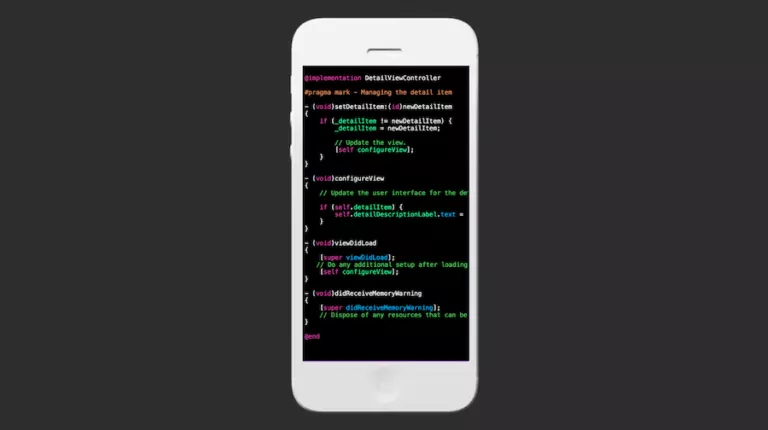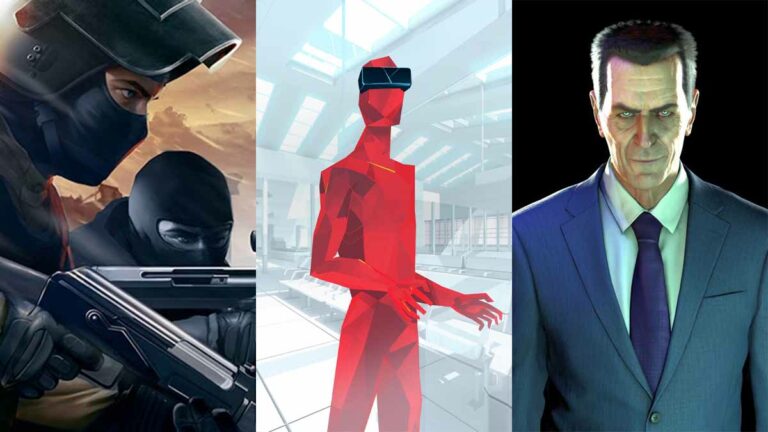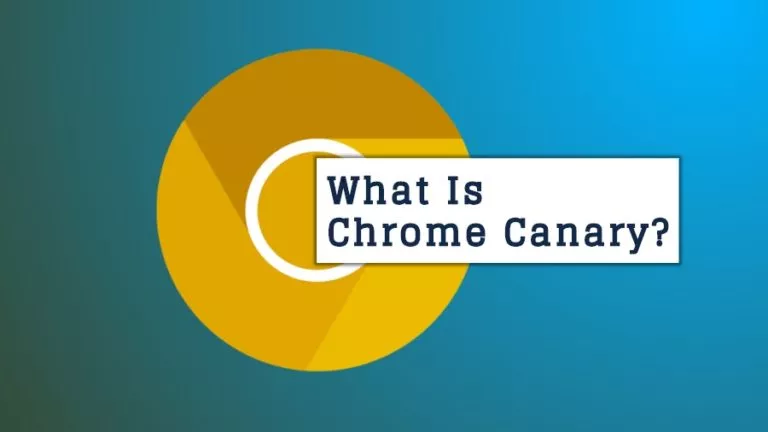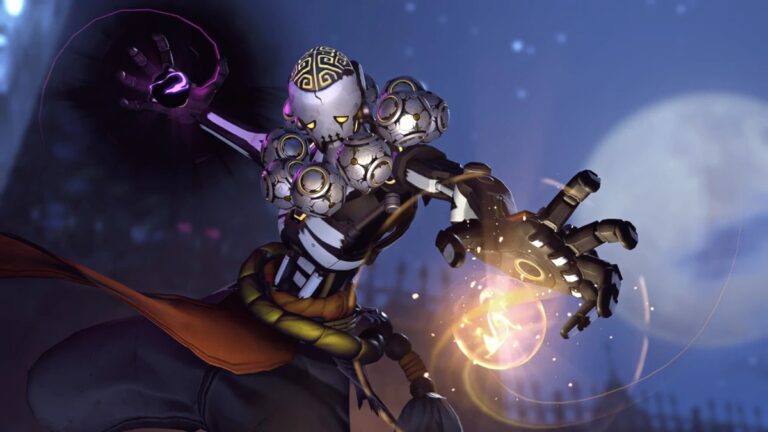What Is DRM Protection In Video Games?
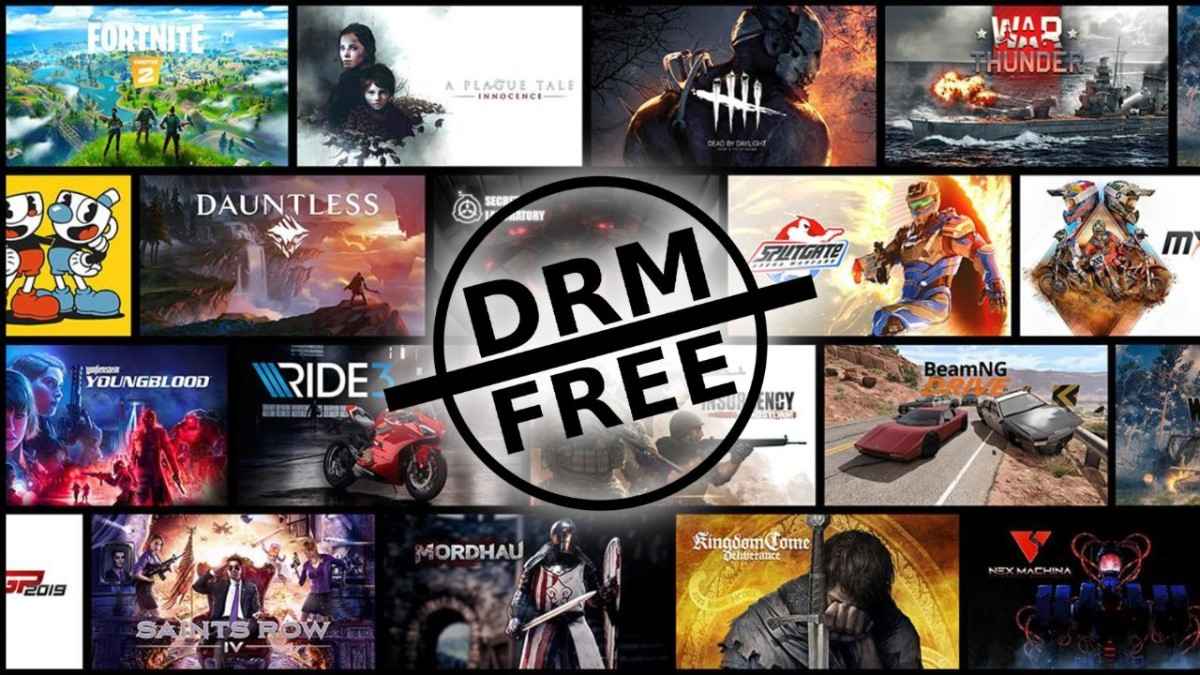
If you play video games even casually, you might have encountered DRM once or twice. It is a very common feature in many games nowadays, protecting the game from being pirated. However, what is DRM, and how does it work in video games?
DRM protection may be standard nowadays, but game companies started using it after the shift from physical to digital media. In terms of video games, digital sales have overtaken physical sales, but that has come with its problems.
Due to digital media, video game piracy has become relatively easy as it is trivial to crack and pirate a game through torrents. To combat this issue, companies started to use DRM technology that forced players to be online at all times to play a game.
What is DRM?
Let’s start from the beginning; DRM stands for Digital Rights Management, which uses access control technologies to control access to copyrighted content. Another use of this technology is to manage content licenses across a single platform (Steam, Battle.net, Epic Games, etc.).
Streaming platforms like Netflix also use this technology to protect copyrighted content from illegal downloading or screen capture. However, games incorporating this feature are often criticized due to severe performance issues.
How does DRM work in games?
DRM works in different ways depending on the game. A simple DRM allows storefronts to assign a game’s license to your account. If you buy a game on Steam, you do not own the game but simply have the license to play that game through the store.
Once a storefront delists a game, you can no longer play that game. All major storefronts (Steam, PlayStation, Xbox, Epic Games, etc.) use it to function correctly. Fortunately, a simple DRM doesn’t have an always-online requirement and can be used even when offline.
Denuvo
However, many games also use a complex DRM, such as Denuvo. According to Empress, a Denuvo cracker, the company’s DRM assigns a unique authentication token to each game’s copy. It also integrates with the game’s code and requires an always-online connection, making it hard to circumvent.
Despite protecting the game from piracy, it also severely impacts the game’s performance. Due to this, most game publishers stray away from it except Blizzard. However, DRM isn’t always bad as they enable Steam trading cards, PlayStation trophies, Xbox gamerscores, and other game achievements.
If you like this simple explainer, check out our Short Bytes section. We take complex tech topics and break them into short, easy-to-understand articles.


![Here's How You Can Perform A Factory Reset On Your PS4 [2022]](https://fossbytes.com/wp-content/uploads/2022/06/Heres-How-You-Can-Perform-A-Factory-Reset-On-Your-PS4-2022-768x432.jpg)
